In 2014, I read 20 fiction & non-fiction books. Here’s the tail-end of the list, ranked in order of my own most subjective preference. Not necessarily in order of literary greatness, but in terms of my enjoyment of the book, whether it dazzled me with language, or made me think new thoughts, or made me want to make things, or stayed with me long after I read it, or made me feel something, or all of the above. (This also includes an addendum on poetry and the books I abandoned.)
16. Like Life (1990) – Lorrie Moore (Vintage)

Lorrie Moore is usually categorized as a funny writer, and she is. But she is consistently devastating, too. Nobody talks about that. I had read this book in 2007 and it depressed the hell out of me then. This time I couldn’t get through some of the stories, she takes the pain so far. “The Jewish Hunter” is my favorite, maybe because some genuine human connection actually takes place (although it’s not lasting).
17. Laughable Loves (1969, 1974 in English) – Milan Kundera (Harper Perennial)
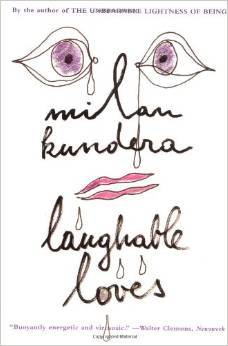
It’s not worth getting offended over Kundera’s attitudes towards women as his books are almost quaint time capsules of a certain attitude, at this point. In that spirit, I enjoyed these stories, pretending I was a roué Czech doctor for a little while. He’s also deft in depicting the ways a corrupt Communist state infiltrates all parts of life.
18. In Defense of Food: An Eater’s Manifesto (2008) – Michael Pollan (Penguin Books. Bought at Human Relations bookstore in Bushwick)
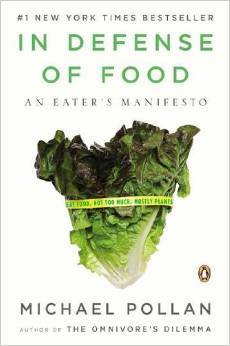
I think this could have worked as a long essay, especially if you’ve read the revelatory Omnivore’s Dilemma. I read this early in the year and can’t remember too much about it, actually, but maybe this is because so much of Pollan’s thinking has permeated our language around food choices and politics (“Eat food, mostly plants,” etc.).
19. Animal, Vegetable, Miracle (2007) – Barbara Kingsolver (Harper Perennial. Received as a gift, sold it to a used bookstore)

A non-fiction account of how Kingsolver and her family moved to a farm in Virginia to live the true locavore lifestyle, growing or raising all of their own food, or procuring it from a 100-mile (I think?) radius. It gave me a new appreciation for the knowledge and work small-farm farmers do. The book is at its best when she gets deep into the details of farm life, for example, about the mating lives of turkeys. I was less interested when she wrote as an advocate and called on the reader to take similar actions (for example, get a second freezer in order to eat local throughout the winter), particularly as I am already fairly educated about the environmental and political issues surrounding food production and distribution, and am doing the best I can. At those times it came off as preachy or defensive. Also, I just can’t take on feeling guilty for eating bananas at this point at my life.
20. The Sense of an Ending (2011) – Julian Barnes (Vintage)

I love Julian Barnes (especially Flaubert’s Parrot), but I didn’t like the narrator in this story, who kept insisting on his ordinariness, a conceit that seems played out. I think it was a device here, Barnes emphasized the protagonist’s cluelessness in order to keep twisting the plot, in a clever way. Ultimately, it felt to me like the book was about its own cleverness and didn’t convince me on an emotional level.
BOOKS ABANDONED
I Love Dick – Chris Kraus (1997)
I was really ready to love this book, I was excited when I bought it. I liked everything about it in theory – the loose form, the fact that it deals with issues of sexuality, gender, open relationships, feminism from a personal perspective – but I don’t know what happened. It didn’t hold my interest. Maybe because Kraus is so obsessively internal, letters about letters. I got claustrophobic. I even tried twice with it.
Z a novel of Zelda Fitzgerald (2014) by Therese Anne Fowler
I couldn’t get past page 3. Not at all how I would imagine Zelda Fitzgerald’s voice. This is like the Hollywood version, or the version made for a docile book club.
Et après… par Guillaume Musso
Picked this up in an attempt to keep up my French. And actually, it made me feel good about my French because I could tell it was badly written! (Schlocky, clichéd.) Also, it takes place in New York! If I’m going to read a book in French I don’t want to be back in NYC
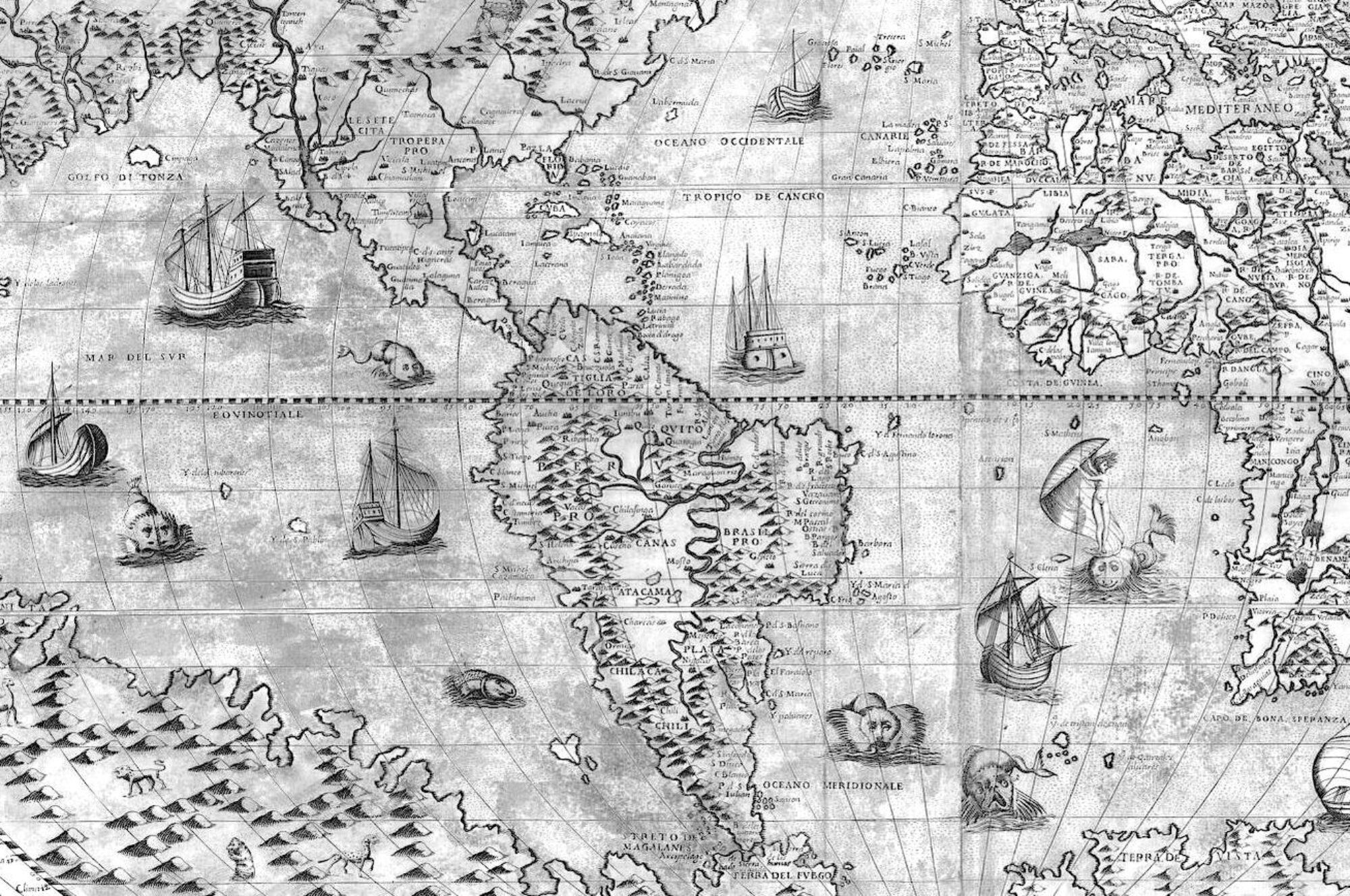
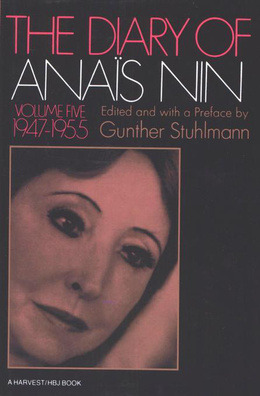 The Diary of Anaïs Nin, Volume 2, 1934-1939 (1967)
The Diary of Anaïs Nin, Volume 2, 1934-1939 (1967)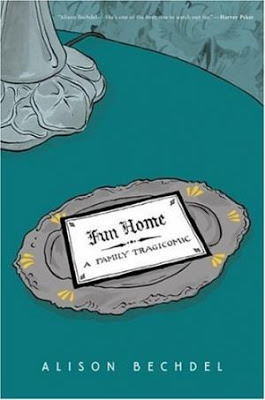 image and text is layered, each panel precise and necessary. I was amazed at how she was able to transmit the confusion and complexity of being a child and adolescent: how the historical time, family history and your personal development (body & mind) all mixes together, while figuring out questions of sexuality, gender and selfhood. The specificity of a time and the great looming role your parents play in it. Literature weaving through it as it did through her relationship with her father. Absorbing, moving, funny.
image and text is layered, each panel precise and necessary. I was amazed at how she was able to transmit the confusion and complexity of being a child and adolescent: how the historical time, family history and your personal development (body & mind) all mixes together, while figuring out questions of sexuality, gender and selfhood. The specificity of a time and the great looming role your parents play in it. Literature weaving through it as it did through her relationship with her father. Absorbing, moving, funny.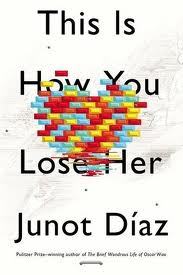 I found this collection to be a bit uneven compared with Drown. The very last story, for example, just sounds like Díaz sitting down & telling you about how he fucked up his love life over a couple of beers, which is entertaining enough, but lacks his magic touch. This book is near the top of my list because of the story “Invierno”, which was so gripping, vivid, & true. It got inside me unlike any other short story I’ve read recently.
I found this collection to be a bit uneven compared with Drown. The very last story, for example, just sounds like Díaz sitting down & telling you about how he fucked up his love life over a couple of beers, which is entertaining enough, but lacks his magic touch. This book is near the top of my list because of the story “Invierno”, which was so gripping, vivid, & true. It got inside me unlike any other short story I’ve read recently.
 (6) Cathedral (1983) – Raymond Carver
(6) Cathedral (1983) – Raymond Carver 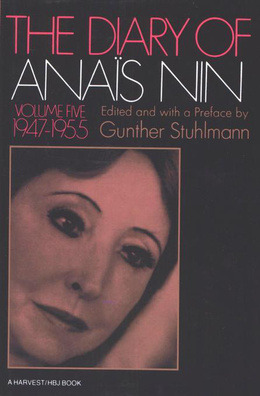
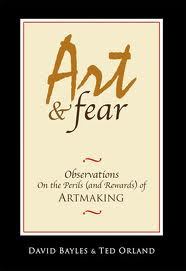 (9) Art and Fear: Observations on the Perils (and Rewards of) Artmaking (1993) – David Bayles and Ted Orland
(9) Art and Fear: Observations on the Perils (and Rewards of) Artmaking (1993) – David Bayles and Ted Orland
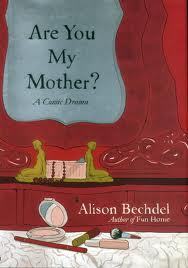 mother and coming to terms with her feelings about her mother in psychotherapy. I could see how its “meta-book” quality (she talks about the process of writing the book in the book) and its focus on her therapy (many pages are panels of conversations with her therapists) would not appeal to everyone, but I felt very open to it & interested in it. She touches on a lot of my own interests – the theories of Dinald Winicott, the life of Virginia Woolf, the psychoanalytic process. Bechdel’s persona, a curious, creative, insecure, unrelentingly honest artist and memoirist is also highly sympathetic.
mother and coming to terms with her feelings about her mother in psychotherapy. I could see how its “meta-book” quality (she talks about the process of writing the book in the book) and its focus on her therapy (many pages are panels of conversations with her therapists) would not appeal to everyone, but I felt very open to it & interested in it. She touches on a lot of my own interests – the theories of Dinald Winicott, the life of Virginia Woolf, the psychoanalytic process. Bechdel’s persona, a curious, creative, insecure, unrelentingly honest artist and memoirist is also highly sympathetic.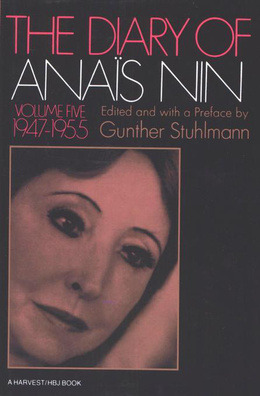

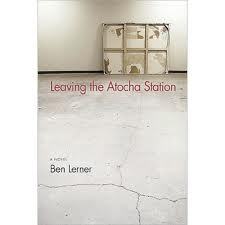 Young American poet in Madrid. Some say this is thinly disguised autobiography – I found myself actually not being that curious either way, which is not always the case. I really liked the internal quality of the novel, the absolute subjectivity. You get the feeling that the people the narrator interacts with actually like him better and think he’s smarter, more interesting & socially adjusted than he gives himself credit for (doesn’t help that he’s high & paranoid most of the time). I also loved the way he described the fog of living in a country where you halfway speak the language, how you have multiple interpretations for what someone could be saying to you, and how all of those versions might be wrong. My only quibble was with the ending, it’s all tied up into a neat bow, not sure what we as readers are intended to be left with. (I passed it along to a friend, not a keeper on the shelf, but worth passing along.)
Young American poet in Madrid. Some say this is thinly disguised autobiography – I found myself actually not being that curious either way, which is not always the case. I really liked the internal quality of the novel, the absolute subjectivity. You get the feeling that the people the narrator interacts with actually like him better and think he’s smarter, more interesting & socially adjusted than he gives himself credit for (doesn’t help that he’s high & paranoid most of the time). I also loved the way he described the fog of living in a country where you halfway speak the language, how you have multiple interpretations for what someone could be saying to you, and how all of those versions might be wrong. My only quibble was with the ending, it’s all tied up into a neat bow, not sure what we as readers are intended to be left with. (I passed it along to a friend, not a keeper on the shelf, but worth passing along.) horoughly enjoyable if you disregard her lofty claims for the book. Namely, that it’s a sorely needed feminist treatise on pop culture & the everyday conundrums of femininity (such as what to wear). Especially if Lady Gaga is the absolute height of feminist achievement (as she claims, ugh). There’s in fact extensive writing & thinking on this stuff all over the internet (though maybe not written by someone of her generation).
horoughly enjoyable if you disregard her lofty claims for the book. Namely, that it’s a sorely needed feminist treatise on pop culture & the everyday conundrums of femininity (such as what to wear). Especially if Lady Gaga is the absolute height of feminist achievement (as she claims, ugh). There’s in fact extensive writing & thinking on this stuff all over the internet (though maybe not written by someone of her generation).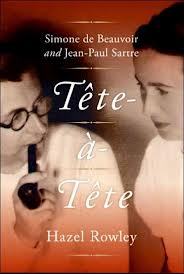 Fascinating account of the lifelong relationship between Simone de Beauvoir & Jean-Paul Sartre, spanning their complicated private lives, literary works and the great wave of the 20th centruy. This was my second read, otherwise would be higher on the list – my first read transformed my perspective for a while.
Fascinating account of the lifelong relationship between Simone de Beauvoir & Jean-Paul Sartre, spanning their complicated private lives, literary works and the great wave of the 20th centruy. This was my second read, otherwise would be higher on the list – my first read transformed my perspective for a while. -Absolutely absorbing. He plants information masterfully, weaves the story in a way that keeps you reading (from the first sentence you know there’s a downfall to come). Franzen sticks to his mantra of being a friend to the reader – a feat to create a literary page-turner.
-Absolutely absorbing. He plants information masterfully, weaves the story in a way that keeps you reading (from the first sentence you know there’s a downfall to come). Franzen sticks to his mantra of being a friend to the reader – a feat to create a literary page-turner. Coherent, snappy, reader-friendly literary criticism: aaah, sweet relief. James Wood, I will always love you for brilliantly taking down Paul Auster and Michel Houellebecq as overrated in the pages of The New Yorker, no less. Though minus point for how little of an impact this treatise ultimately made on me. (I realize this could also be because the internet has rotted my brain.) The only thing I can recall several months after reading it is that it convinced me to read more Saul Bellow. I guess that could be counted as a success.
Coherent, snappy, reader-friendly literary criticism: aaah, sweet relief. James Wood, I will always love you for brilliantly taking down Paul Auster and Michel Houellebecq as overrated in the pages of The New Yorker, no less. Though minus point for how little of an impact this treatise ultimately made on me. (I realize this could also be because the internet has rotted my brain.) The only thing I can recall several months after reading it is that it convinced me to read more Saul Bellow. I guess that could be counted as a success.
 Kaling
Kaling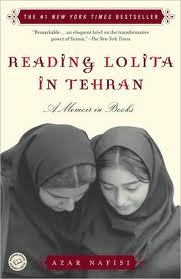 interpretations of The Great Gatsby, Daisy Miller & Lolita, and their bearing on her and her students’ lives in Iran. I also learned about Iranian history, a fascinating, nightmarish personal account, the upheaval that has occurred in the past 40 years. The style was a bit formulaic sometimes (as in “I can feel the snow of Tehran as I write, I can see my students’ faces as I type these words”) & I started to get all of the characters mixed up, felt like they weren’t drawn distinctly enough, so I wasn’t emotionally drawn in.
interpretations of The Great Gatsby, Daisy Miller & Lolita, and their bearing on her and her students’ lives in Iran. I also learned about Iranian history, a fascinating, nightmarish personal account, the upheaval that has occurred in the past 40 years. The style was a bit formulaic sometimes (as in “I can feel the snow of Tehran as I write, I can see my students’ faces as I type these words”) & I started to get all of the characters mixed up, felt like they weren’t drawn distinctly enough, so I wasn’t emotionally drawn in. Speculative fiction about a plague, but told from an oblique perspective – that of a slightly depressed, newly married flight attendant forced into mothering her evil stepchildren in a midwest backwater. Wonderful creepy details about how American society deals with the plague (obsessive reporting on celebrity deaths, white helium balloons are anonymously released in memory of victims). Also a dark fairytale quality to it, atmospheric.
Speculative fiction about a plague, but told from an oblique perspective – that of a slightly depressed, newly married flight attendant forced into mothering her evil stepchildren in a midwest backwater. Wonderful creepy details about how American society deals with the plague (obsessive reporting on celebrity deaths, white helium balloons are anonymously released in memory of victims). Also a dark fairytale quality to it, atmospheric.  (24) Mortal Danger (2008) – Anne Rule
(24) Mortal Danger (2008) – Anne Rule
 Completely disappointing and actually a little boring after reading Anaïs Nin’s rich, witty, philosophical & idea-packed diaries. This book contains only extractions from her diary that deal with her affair with Henry Miller. Consequently, it’s repetitive and a one-sided vision of a deep-thinking woman- makes her seem singularly obsessed with the affair & its sexual aspects, when there was so much else going on, including within their affair (talks about writing, aesthetics, etc.). If you’re interested in it for the sexy bits, go straight to her erotica (Delta of Venus & Little Birds).
Completely disappointing and actually a little boring after reading Anaïs Nin’s rich, witty, philosophical & idea-packed diaries. This book contains only extractions from her diary that deal with her affair with Henry Miller. Consequently, it’s repetitive and a one-sided vision of a deep-thinking woman- makes her seem singularly obsessed with the affair & its sexual aspects, when there was so much else going on, including within their affair (talks about writing, aesthetics, etc.). If you’re interested in it for the sexy bits, go straight to her erotica (Delta of Venus & Little Birds). impartial as a biographer there are loads of value judgments in both biographies. It’s not that I needed her to like Nin. It’s that she writes with an active distaste for her subject. No further evidence is needed than her chapter dealing with Nin’s illness and death. While she sums up years-long relationships, books Nin wrote, and other important events in a a paragraph or so, she spends several pages on Nin’s cancer, beginning with the sentence, “The cancer started in the vagina” and details her extensive, years-long suffering. This to me was a passive-aggressive way to mete out justice for Nin’s very active and complicate sex life. No thoughtful assessment of Nin’s complicated relationship with the women’s liberation movement, no real assessment or even description Nin’s life work, least of all the diaries (only details about how she screwed over her loyal publisher for their publication & conspired to get them published by any means possible). No thoughts about what it meant to be a woman writer in her time or even the boldness with which she lived out her sexuality as a woman in a repressive time.
impartial as a biographer there are loads of value judgments in both biographies. It’s not that I needed her to like Nin. It’s that she writes with an active distaste for her subject. No further evidence is needed than her chapter dealing with Nin’s illness and death. While she sums up years-long relationships, books Nin wrote, and other important events in a a paragraph or so, she spends several pages on Nin’s cancer, beginning with the sentence, “The cancer started in the vagina” and details her extensive, years-long suffering. This to me was a passive-aggressive way to mete out justice for Nin’s very active and complicate sex life. No thoughtful assessment of Nin’s complicated relationship with the women’s liberation movement, no real assessment or even description Nin’s life work, least of all the diaries (only details about how she screwed over her loyal publisher for their publication & conspired to get them published by any means possible). No thoughts about what it meant to be a woman writer in her time or even the boldness with which she lived out her sexuality as a woman in a repressive time.  11. Inferno (a poet’s novel) (OR Books, 2010) – Eileen Myles
11. Inferno (a poet’s novel) (OR Books, 2010) – Eileen Myles 12. Bossypants (Reagan Arthur Books, 2011) – Tina Fey
12. Bossypants (Reagan Arthur Books, 2011) – Tina Fey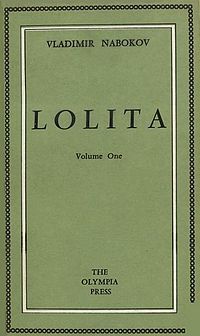 13. Lolita (Vintage, 1989, original published 1955) – Nabokov
13. Lolita (Vintage, 1989, original published 1955) – Nabokov 14. The Bell Jar (1971, originally published in England, 1963) – Sylvia Plath
14. The Bell Jar (1971, originally published in England, 1963) – Sylvia Plath 21. The Imperfectionists – Tom Rachman
21. The Imperfectionists – Tom Rachman